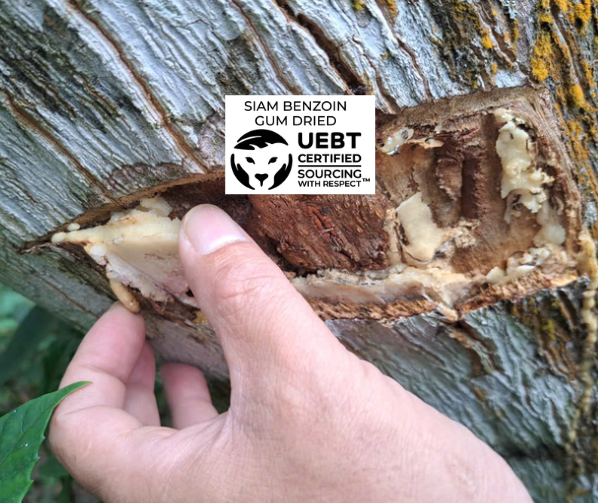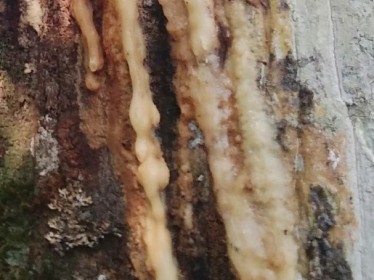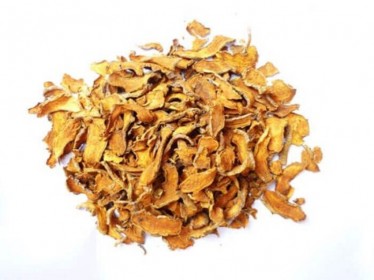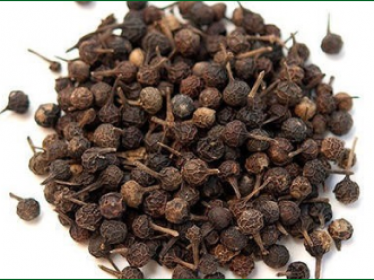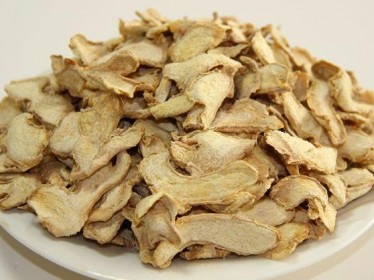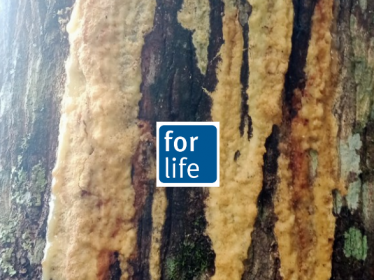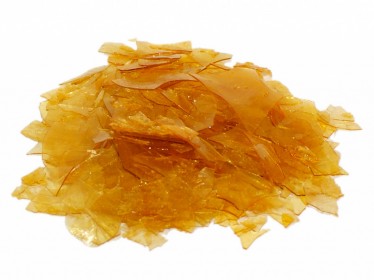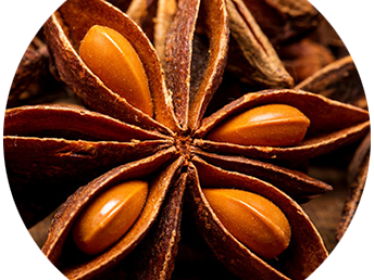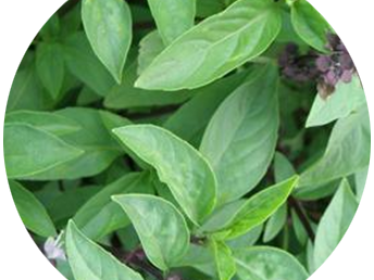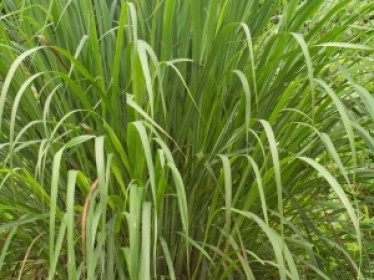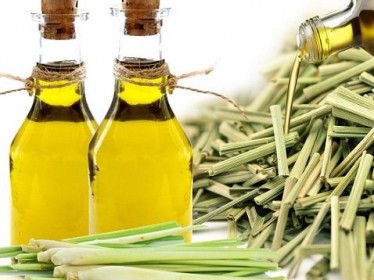Siam Benzoin Specification
Coniferyl benzoate (15-60%),
Vanillin (Benzyl benzoate
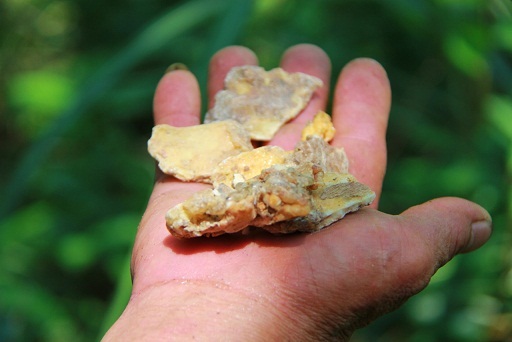
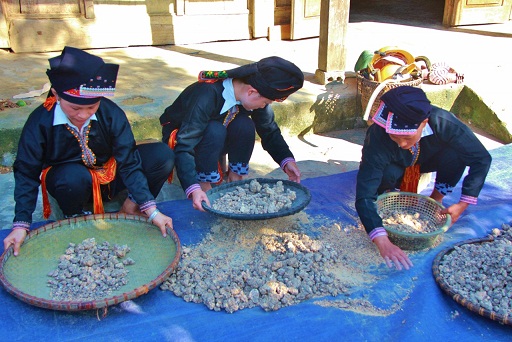
Benzoin Tonkinensis – Sustainable Origin from Vietnam
Benzoin Tonkinensis is a precious balsamic aromatic resin, derived from the Styrax tonkinensis (Pierre) Craib ex Hartwitch tree, belonging to the Styracaceae family. It is harvested directly from the tree manually in Vietnam – a country considered a major producer. The product has undergone a cleaning and sorting process into three grades based on size. This product is also known by various other names such as Siam benzoin gum, Siam benzoin, and Benzoin Vietnam.
A distinctive feature of Benzoin Tonkinensis lies in its completely manual production process, from resin tapping to packaging. The product offers a rich vanilla fragrance, is insoluble in water but soluble in ethanol.
Benzoin Tonkinensis appears as white-yellow, opaque, flat oval pieces (similar to almond kernels), ready for export. Note that after a period of storage at ambient temperature, Benzoin Tonkinensis may slightly melt and clump into reddish-brown masses. The outer color may turn slightly red due to air exposure, but the inside retains its characteristic white-yellow color.
Unlike Benzoin sumatranus from the Styrax benzoin and Styrax paralleloneurum species, Benzoin Tonkinensis has a different botanical origin, geographical region, and chemical composition. The term "benzoin gum" may encompass either of these two types or a mixture thereof. In Siam benzoin, the main components are benzoic acid and its esters, while Sumatra benzoin mainly contains cinnamic acid and its esters. Vanillin is present in both types and creates the characteristic vanilla scent, most noticeable in the Siam variety.
The product has been certified by UEBT (Union for Ethical Biotrade). This certification demonstrates Duc Phu Agriculture Forestry Joint Stock Company's commitment to conserving biodiversity and providing fair benefits to local communities involved in the production process.
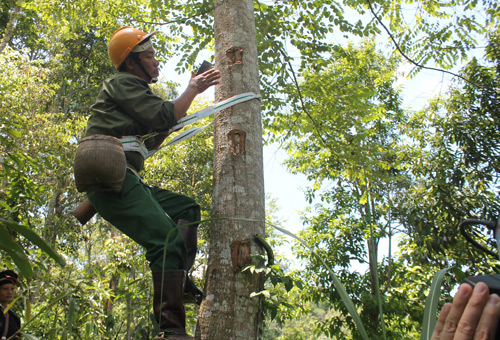
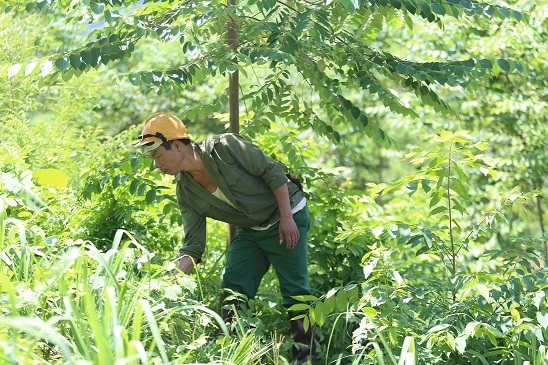
PRODUCTS OF THE SAME TYPE
-
Contact
-
Contact
-
Contact
-
Contact
-
Contact
-
Contact
-
Contact
-
Contact
-
Contact
-
Contact
-
Contact
-
Contact






